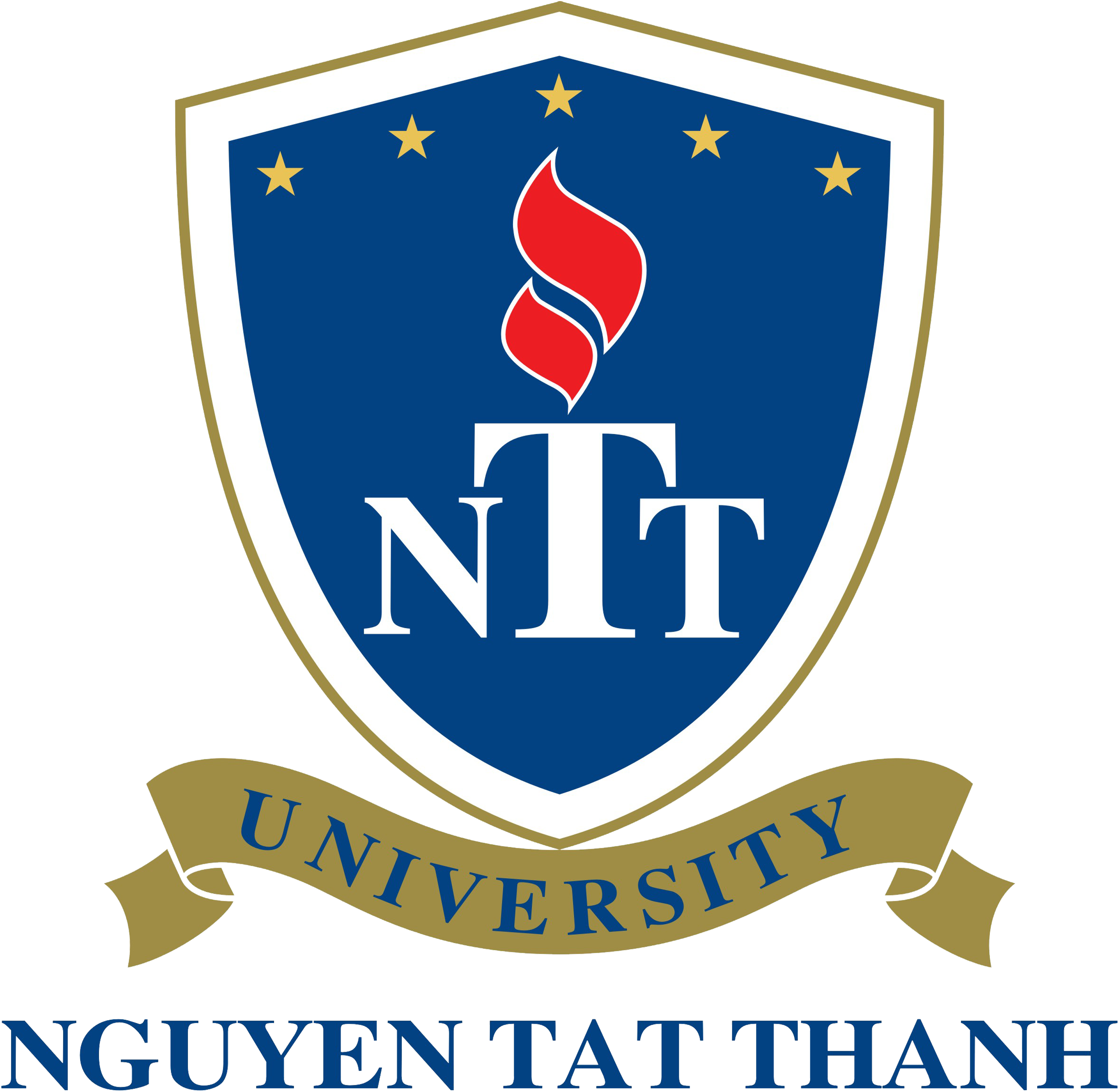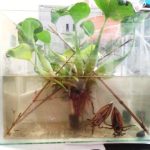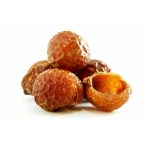Tea trees have a long history of cultivation and utilization worldwide, and tea is considered among the most popular beverages, besides water, coffee, and cocoa. According to Chinese mythology, the tea plants were discovered thousands of years ago in South-East Asia, and mankind has been drinking tea for more than 5 000 years due to its healthy and medical benefits to prevent and treat a lot of diseases, especially cancer (respiratory, digestive, and urinary) and cardiovascular disorder. The tea polyphenols also help to prevent mutations in genetic materials, regulate detoxification enzyme activities, and inhibit tumorigenesis. In vivo tests proved that the tea polyphenols had the ability to increase rat serum catalase, glutathione peroxidase, and superoxide dismutase levels, also reduce the production of malondialdehyde. Additionally, many elements (metals and nonmetals) in tea-tree plantation soils are not easy to biodegrade and tend to accumulate in several parts of tea plants, contributing to the tea quality. Due to the presence of numerous components in teas, the understanding how teas could bring benefits to humans is never simple work and needs to combination of various scientific figures obtained from both biological and chemical approaches.
The habit of drinking tea is considered an art of life and health benefits. Tea leaves have been used to produce tea infusions, and there are many types of tea products depending on the degree of oxidation processes such as white, green, oolong, black or red teas. Thanks to the development of analytical chemistry and biological tests, we are able to better known the various metabolites, particularly the catechins, contributing to the antioxidant capacities. For the chemical analysis of tea, targeted and non-targeted approaches could be carried out with the help of several chromatographic methods coupled with mass spectrometer as the detector and some elemental analysis techniques, using the authentic and known standards. However, numerous chemical components have laid the difficulties for researchers to understand the whole picture when only targeted analytes are concerned. Therefore, non-targeted analyses have been developed and are able to fill in the blanks in the incomplete image. Such techniques provide the identification and detection of numerous components, provide a broader and deeper insight into the chemical compositions. Then, statistical tools or software for data management will be necessary when many data are collected, in which chemometrics could be used as a common tool for building the proper models for tea classification and prediction according to the differences in varieties, grades, regions, harvesting time, and processing procedures.
Up to now, tea is cultivated in many countries, mostly in Kenya, China, India, Japan. Vietnam possesses large tea-tree plantation areas, contributing greatly to the global tea market each year. The research team led by Dr. Tran Thi Nhu Trang has been carrying out several studies about Vietnamese teas for nearly five years. Recently, Dr. Ly Tuan Kiet in this group has completed his PhD thesis in France and Vietnam about method development for simultaneous determination of approximately 400 pesticides in teas, and these results were published in ISI indexed journals. Currently, in Vietnam the research team is conducting a project entitled “Building the database and tools for the quality assessment of various tea types produced in Vietnam” funded by Department of Science and Technology (DOST), Ho Chi Minh City (2020-2022). The main objective of the project above is going to focus on the determination of the internal compositions including inorganic elements, major polyphenols, and antioxidant capacities in approximately specific tea samples collected from the north to south (Vietnam); then multivariate data analysis will be proceeded to obtain proper discrimination and prediction models for quality assessment. Finally, on-line or off-line tools will be established for customers to retrieve the quality information about tea products. With all those research activities about Vietnamese teas, the research group would like to achieve better and deeper understanding about specific tea types in Vietnam.

Figure. A customer uses her smartphone to check the information about food products








